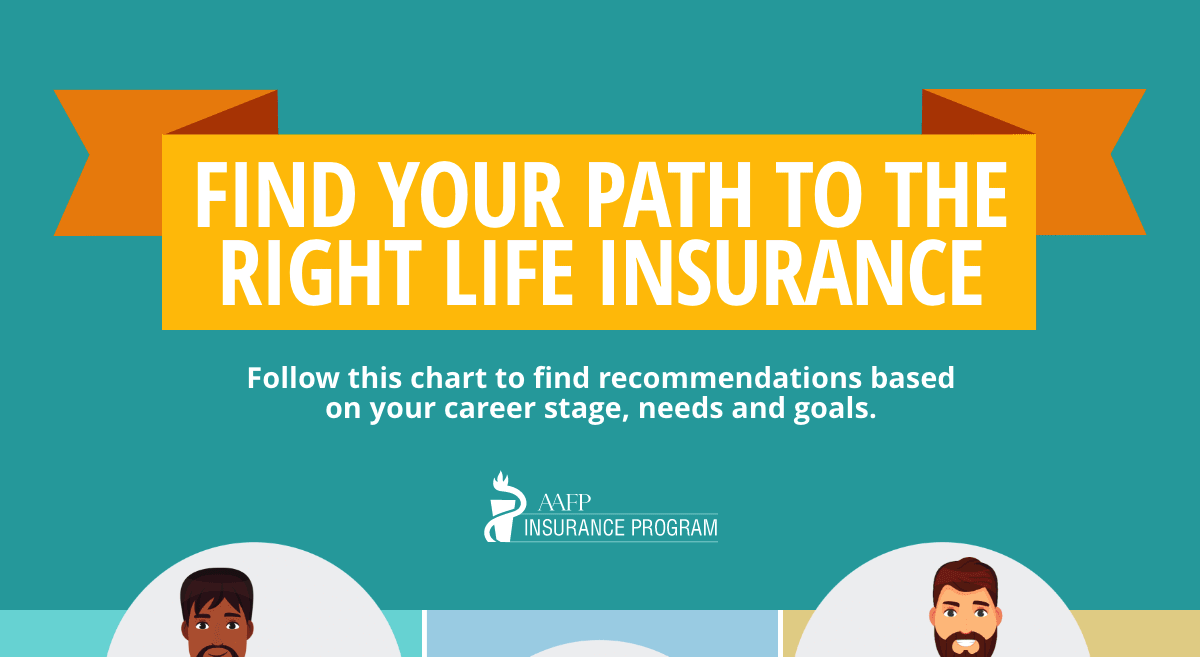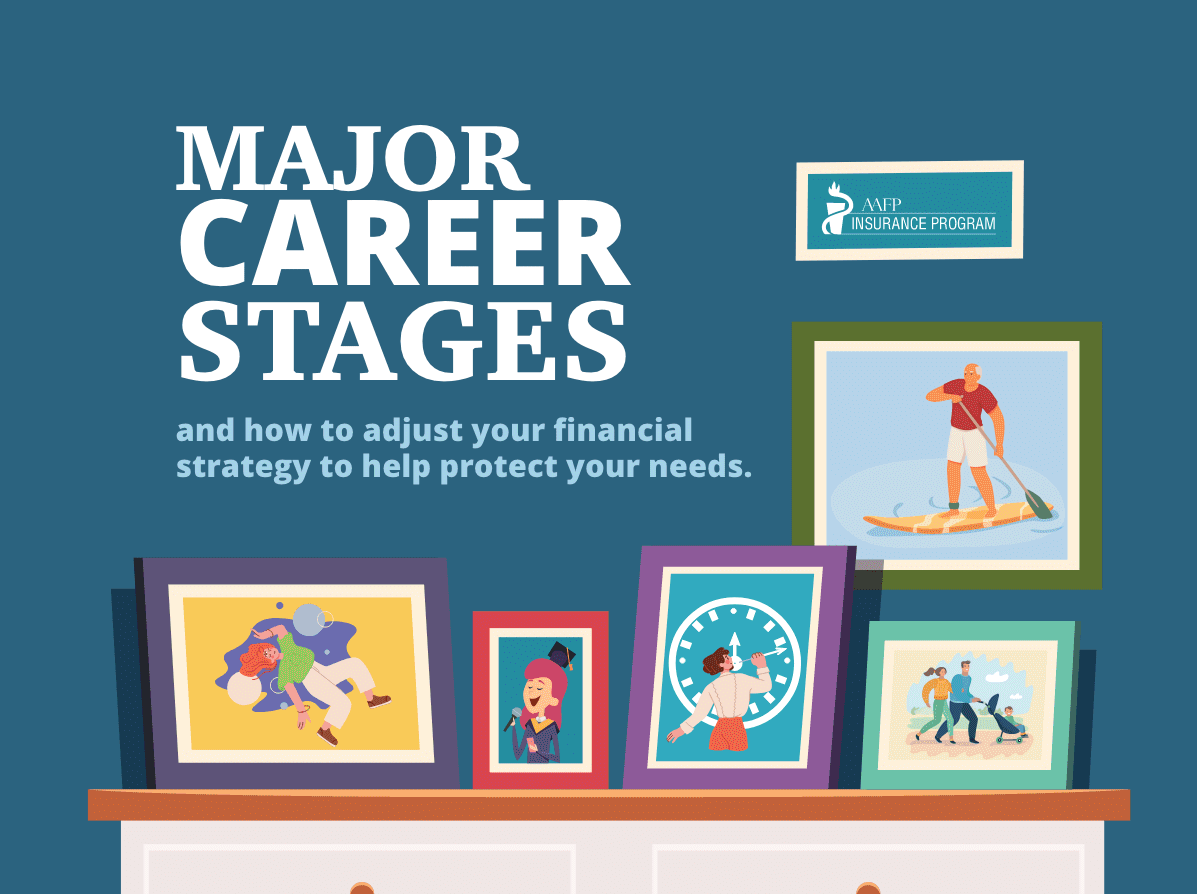While medical residents are more likely than veteran doctors to use smartphones for clinical purposes, family physicians are also making great use of medical apps. A survey by Prism Healthcare Intelligence shows that 67% of family physicians are using smartphones compared to 55% last year. Even though they are taking advantage of using mobile devices in the workplace, only a small percentage of family physicians use their smartphones to electronically write prescriptions, order lab tests and monitor patients. As it turns out, family physicians are using their smartphone apps to conduct research, check email, schedule appointments and take notes.
It’s evident that some medical professionals are happily embracing the use of mobile apps in the doctor’s office, but there are others who are still a little hesitant. The concern comes from whether or not these apps are reliable enough to help provide sound, medical advice and diagnoses. The bigger issue lies in patients self-diagnosing themselves via any one of 40,000 available medical apps. As the market for apps remains unregulated, the U.S. Food and Drug Administration (FDA) is struggling to keep a regulatory eye on app developers. The process alone for having FDA clearance on a mobile app that makes medical claims is six to 20 months, and can cost anywhere between $24M-$75M.
Here are a few examples of medical apps that have been cleared by the FDA:
• MIM Mobile – a remote diagnostic imaging tool available on the iPad, iPhone and iPod touch
• Aycan Mobile – teleradiology app for the iPad
Another app that may be of interest to family physicians is AFP By Topic. Now you can have American Family Physician on your mobile device. Stay up to date on the most current content affecting family medicine.
It’s more important now than ever to become digitally savvy with this new wave of technological advancements. So whether you own an iPhone, an Android, Windows Phone or Blackberry, use your best judgment when determining which apps are best to use for your family practice.




